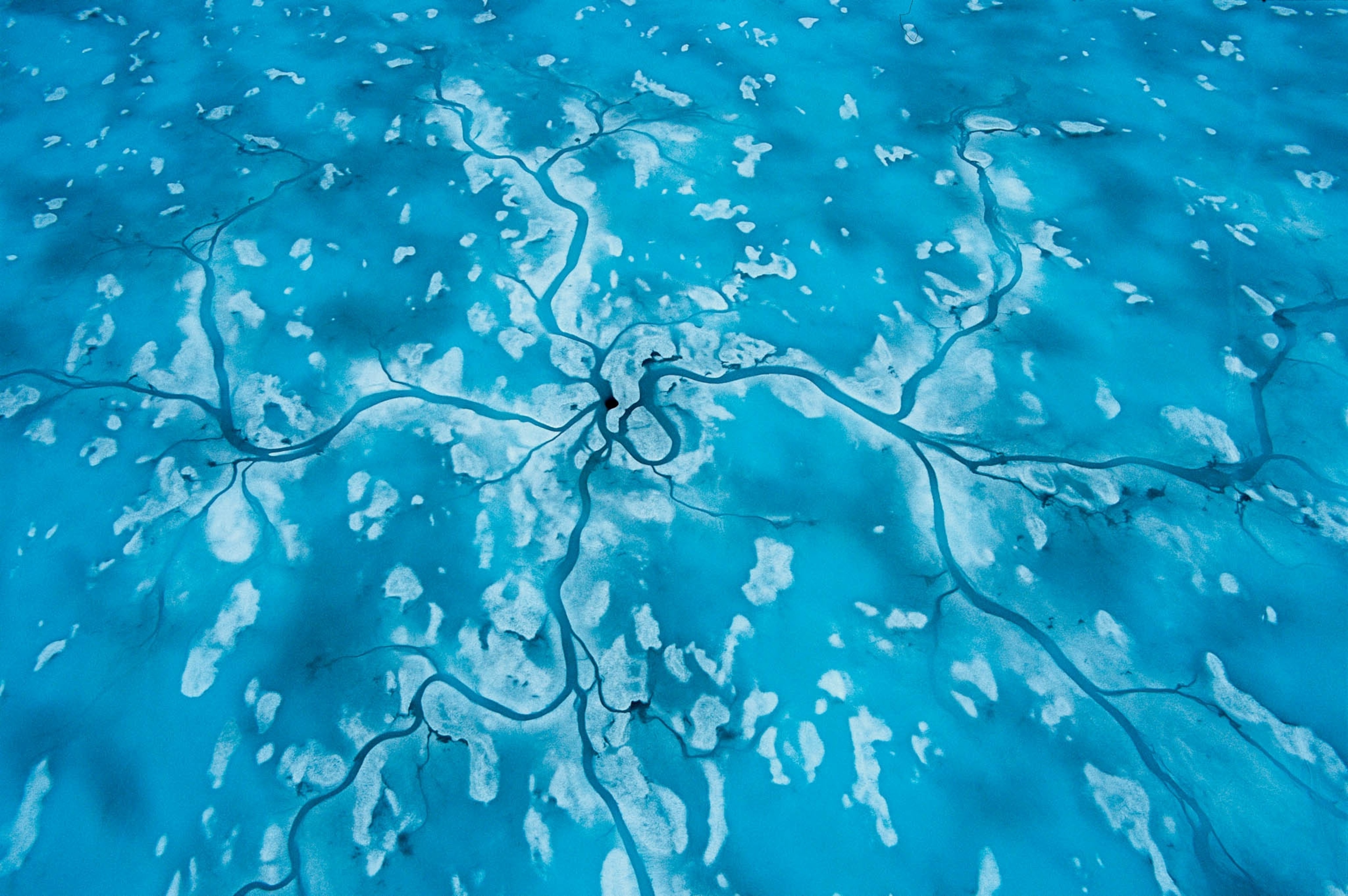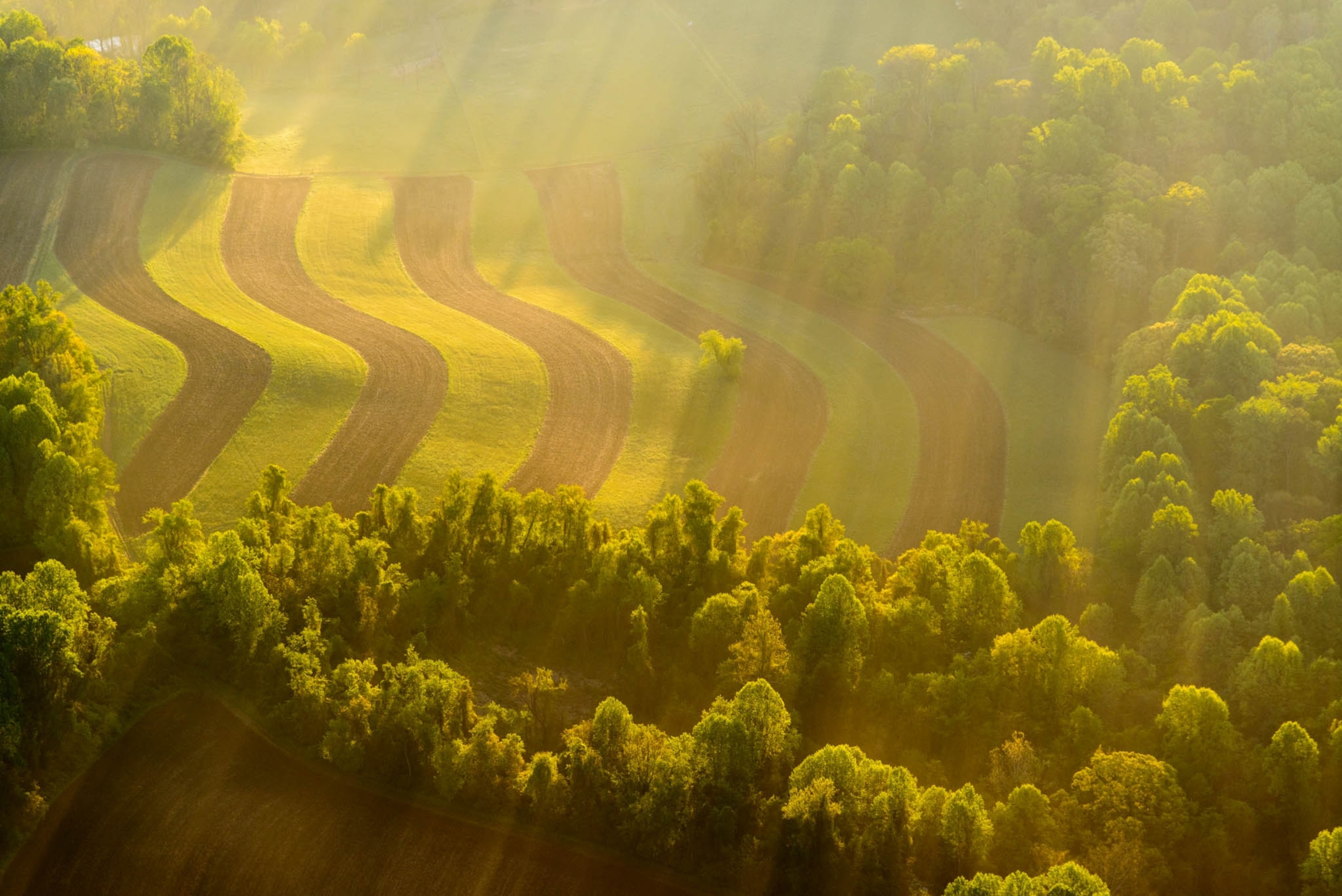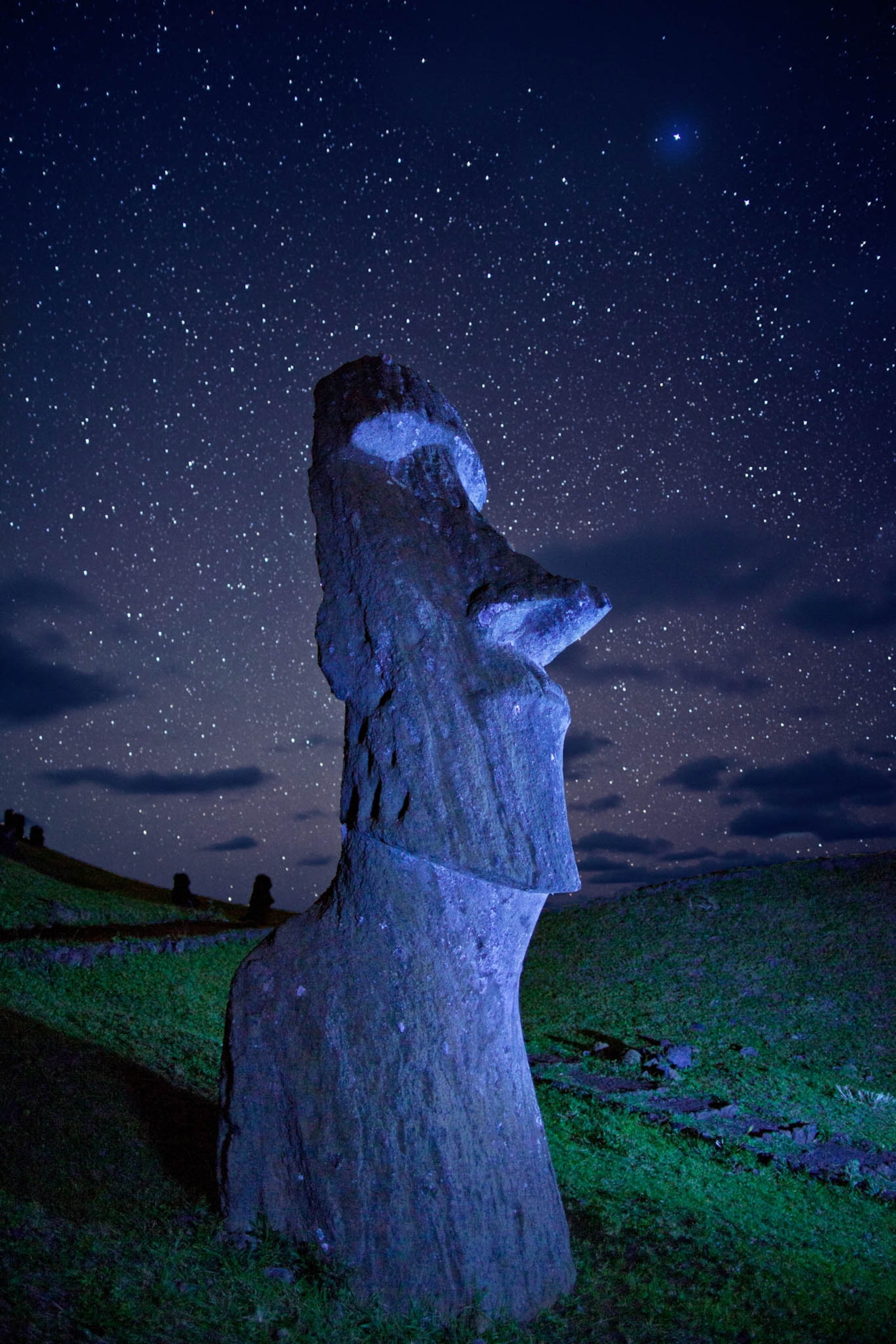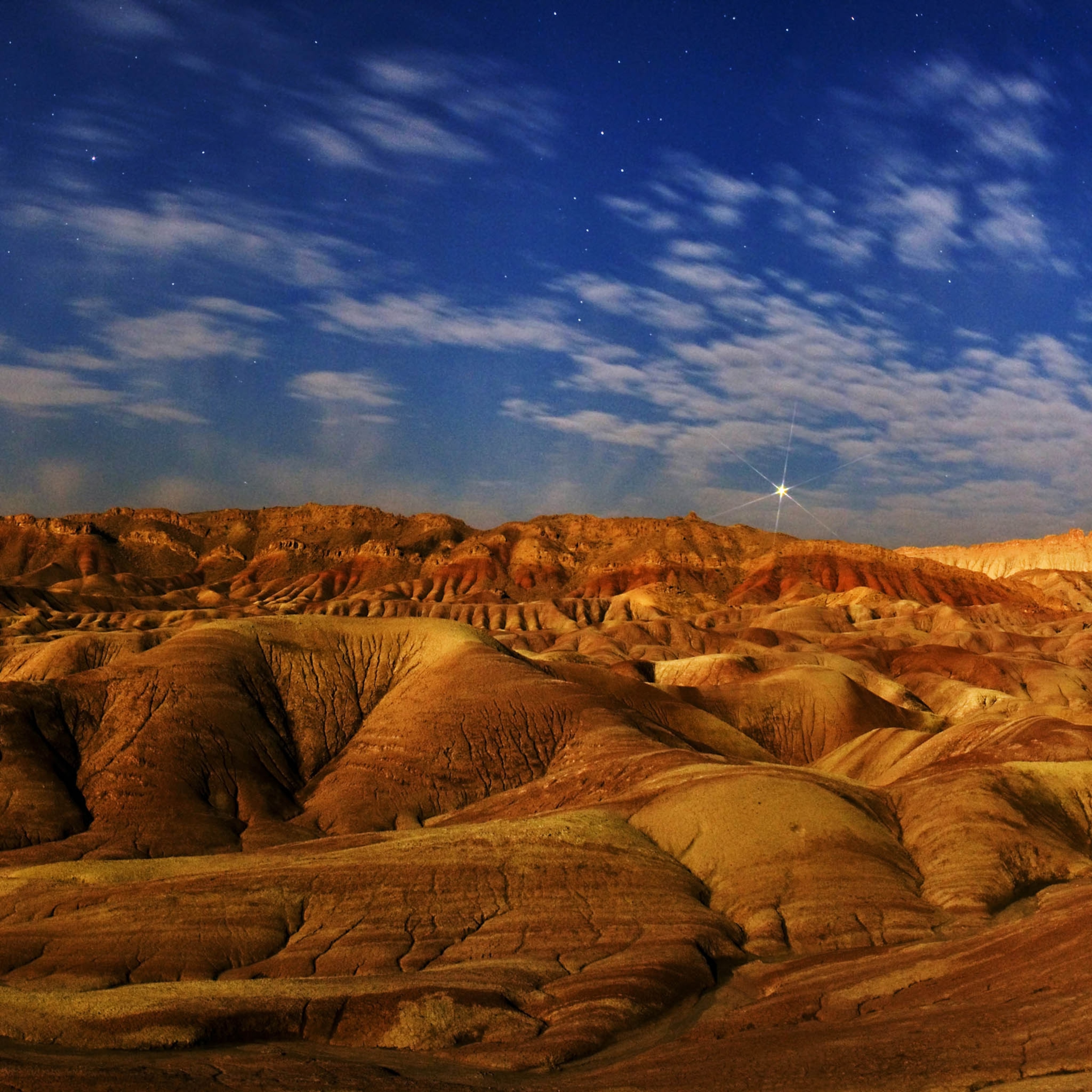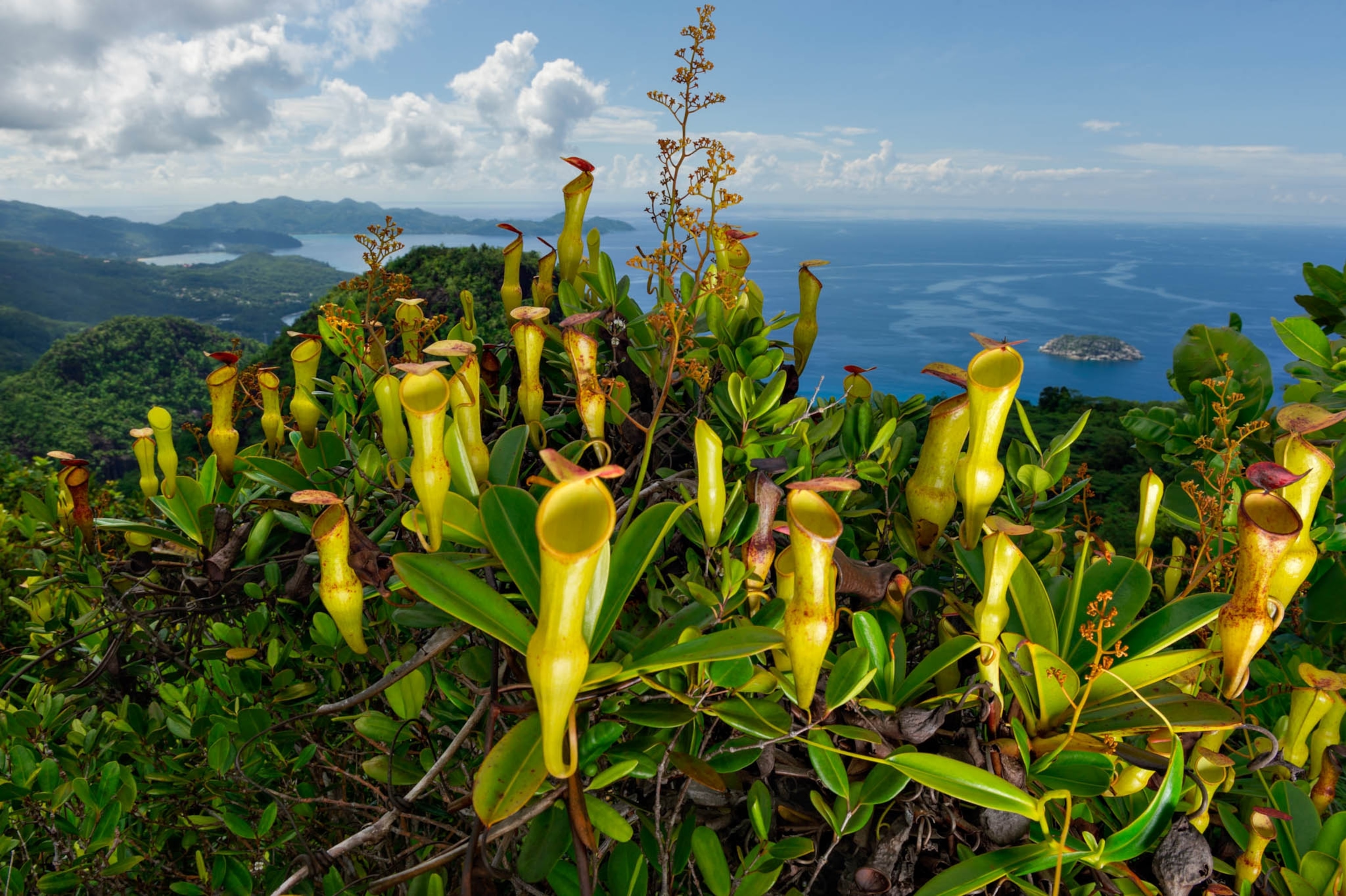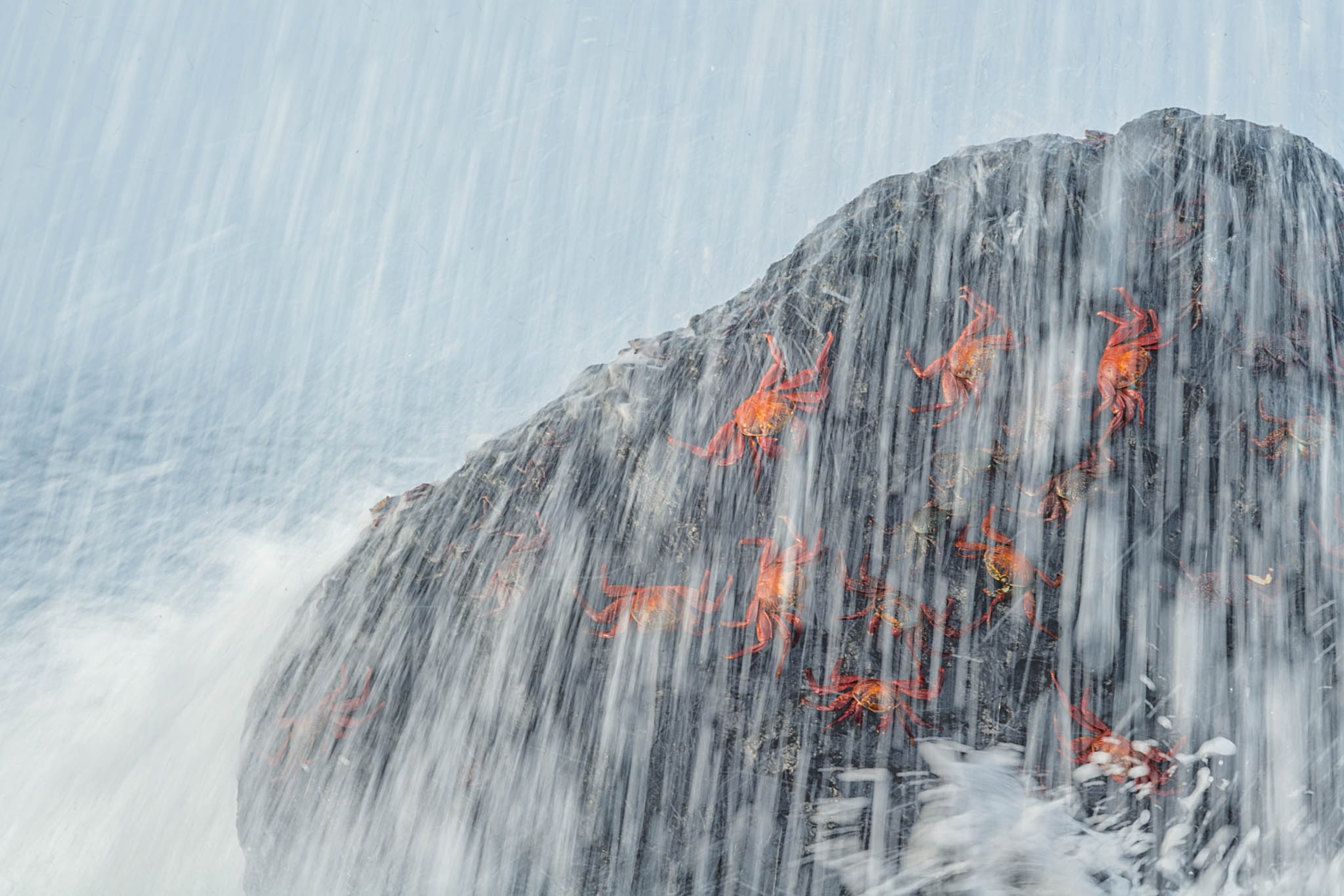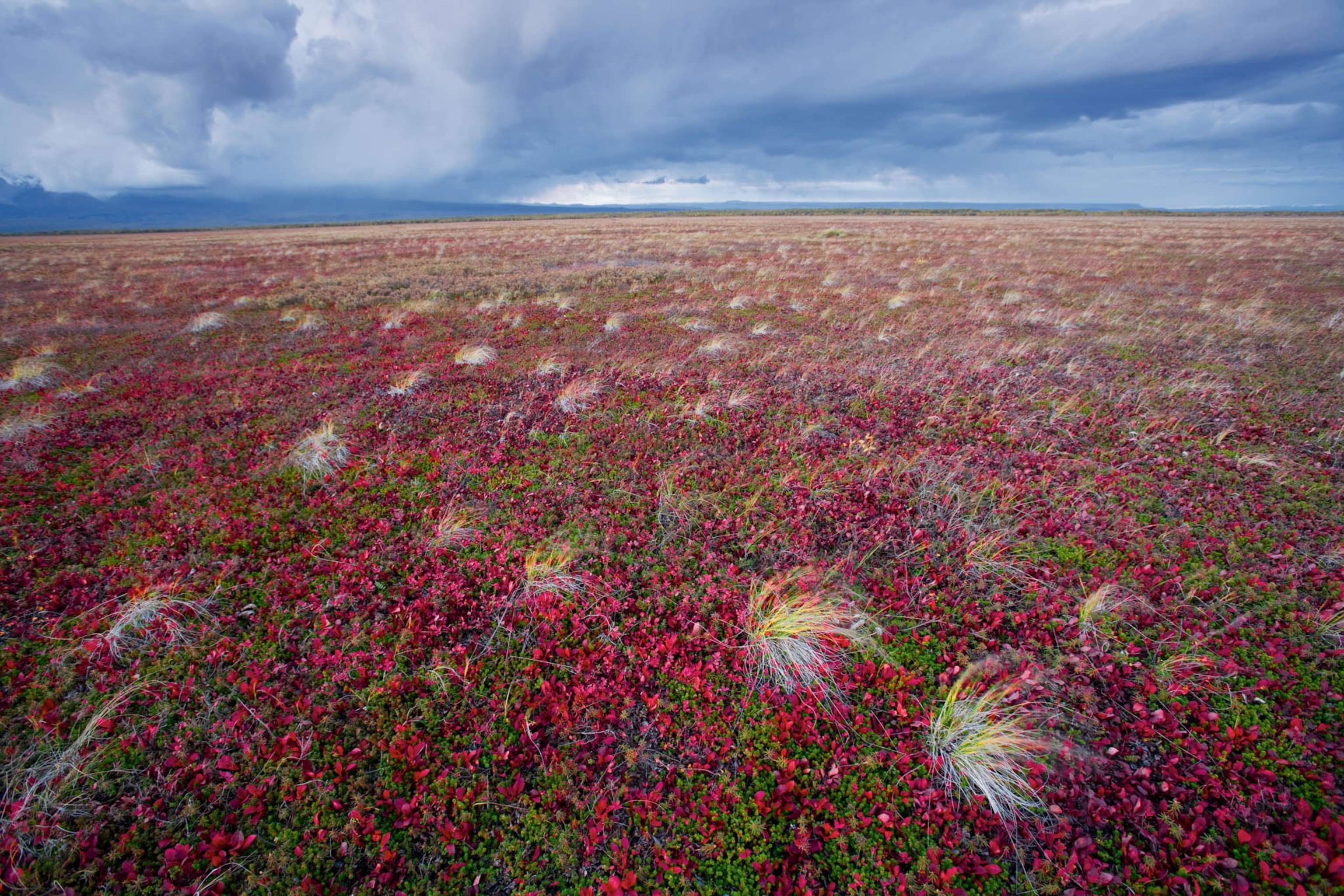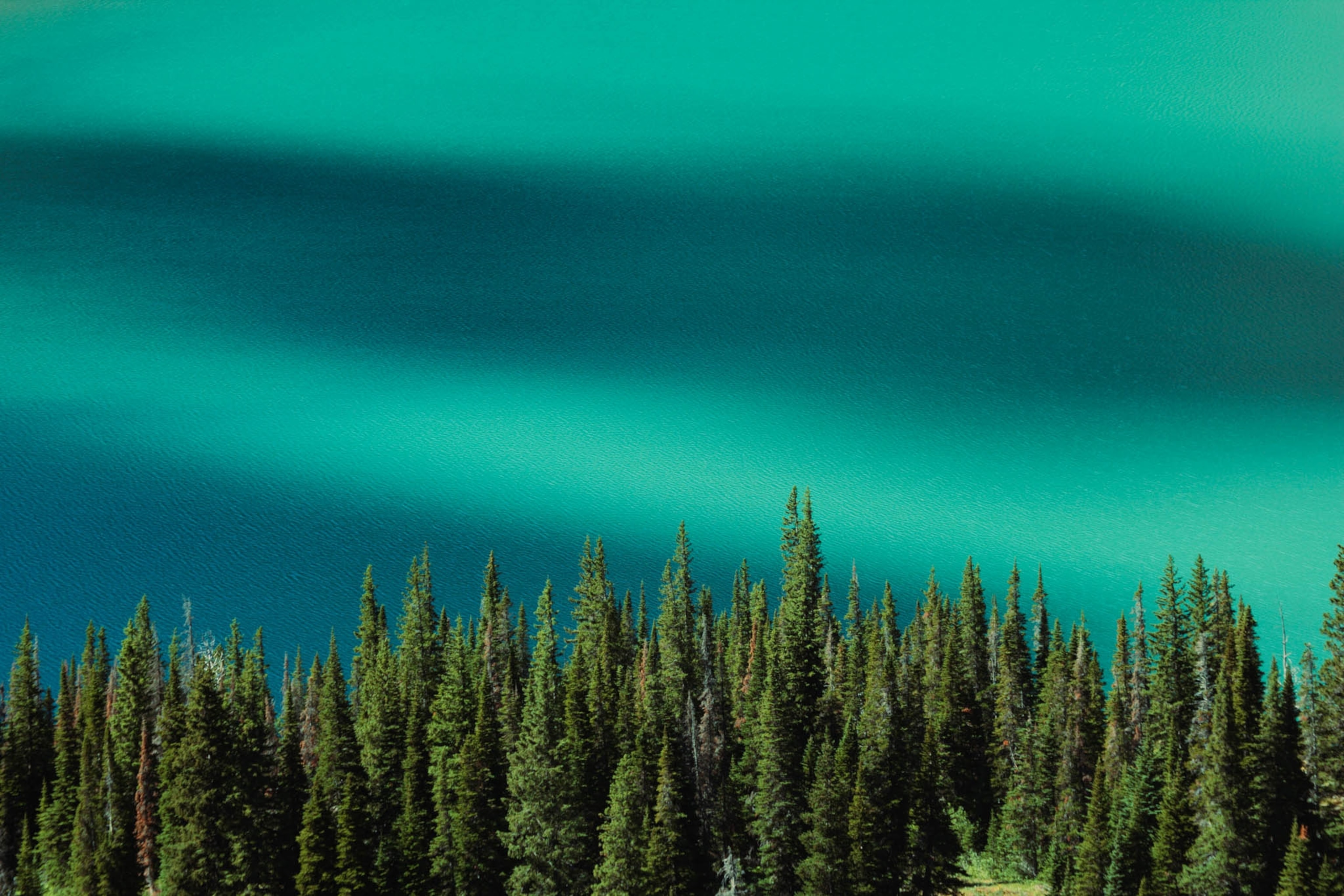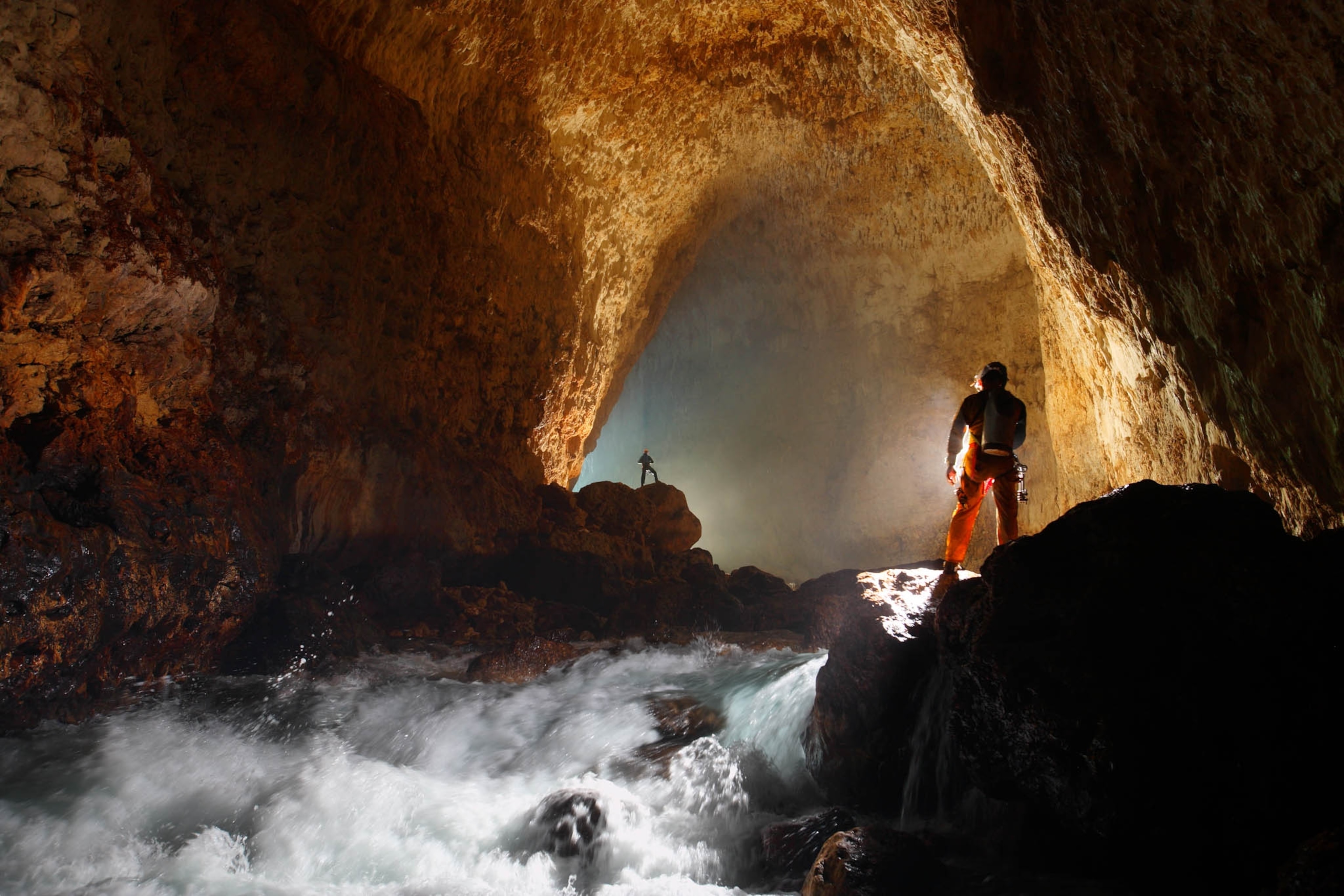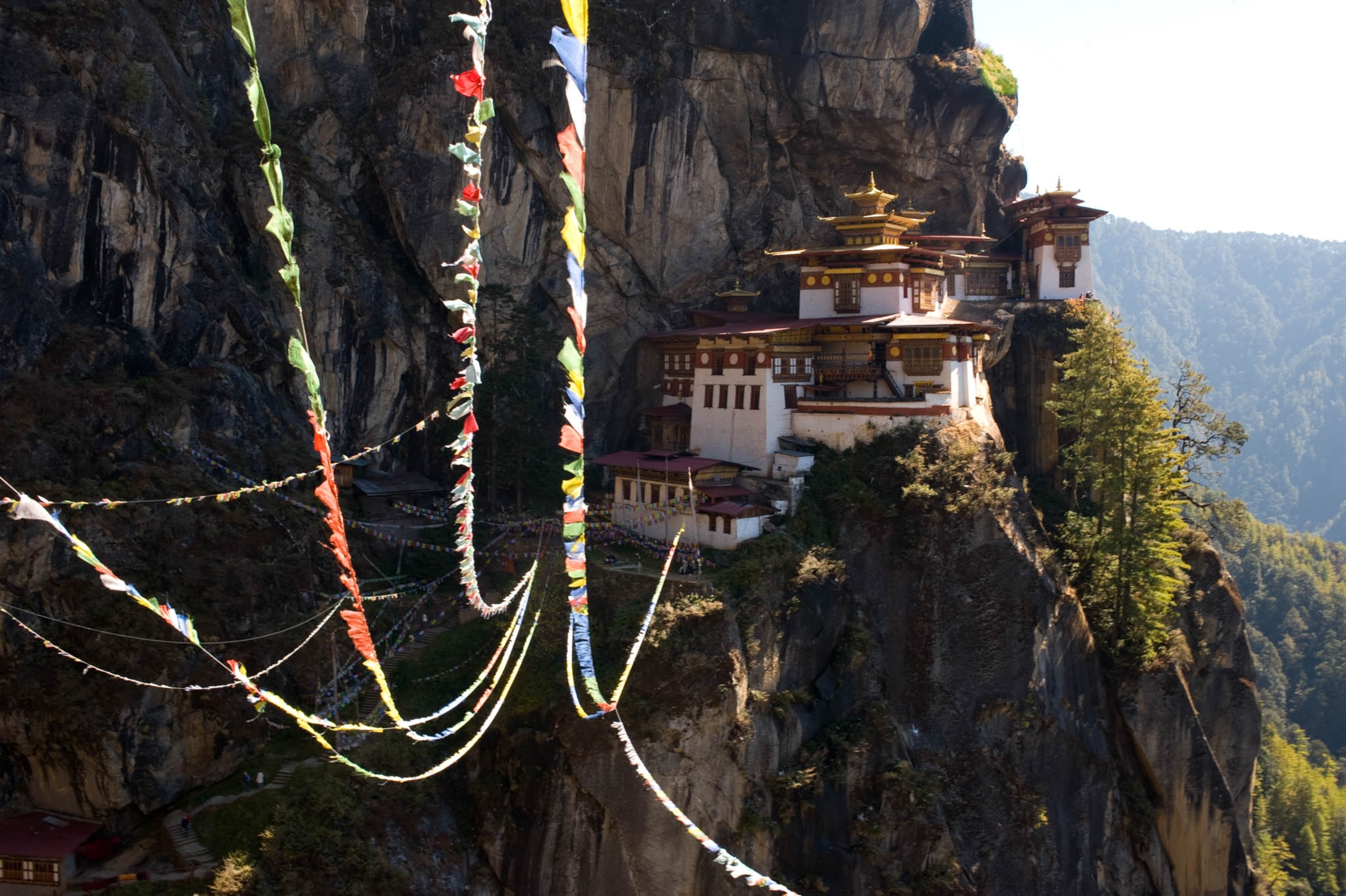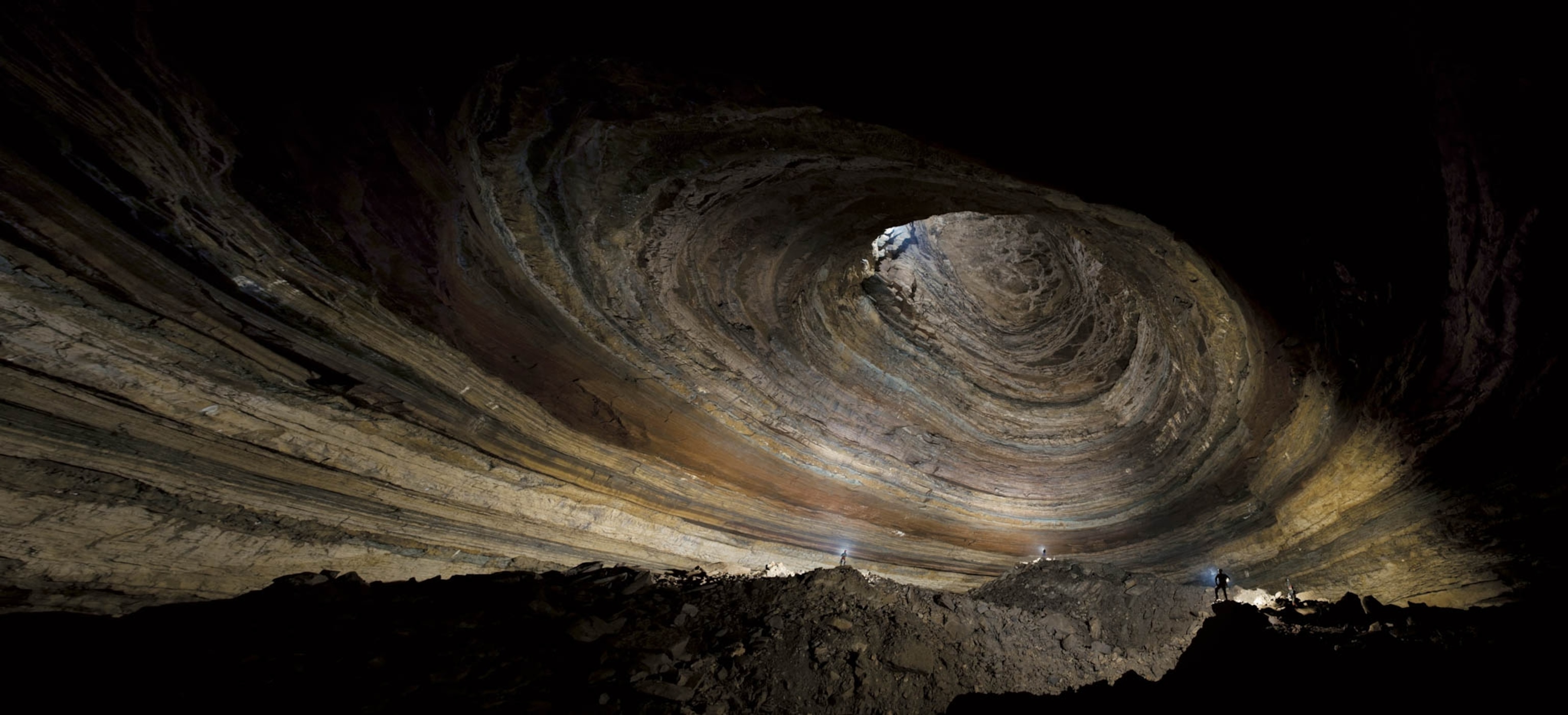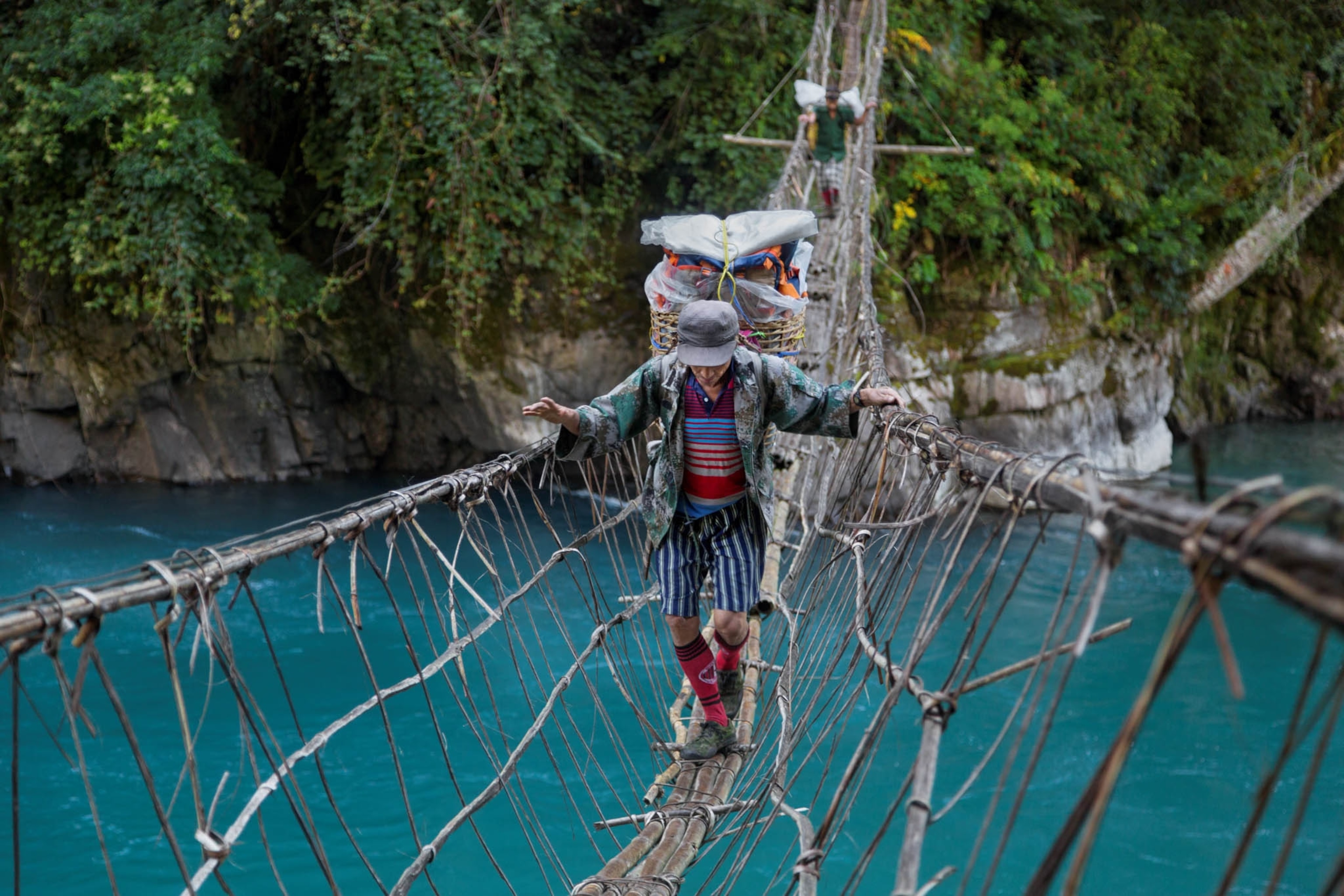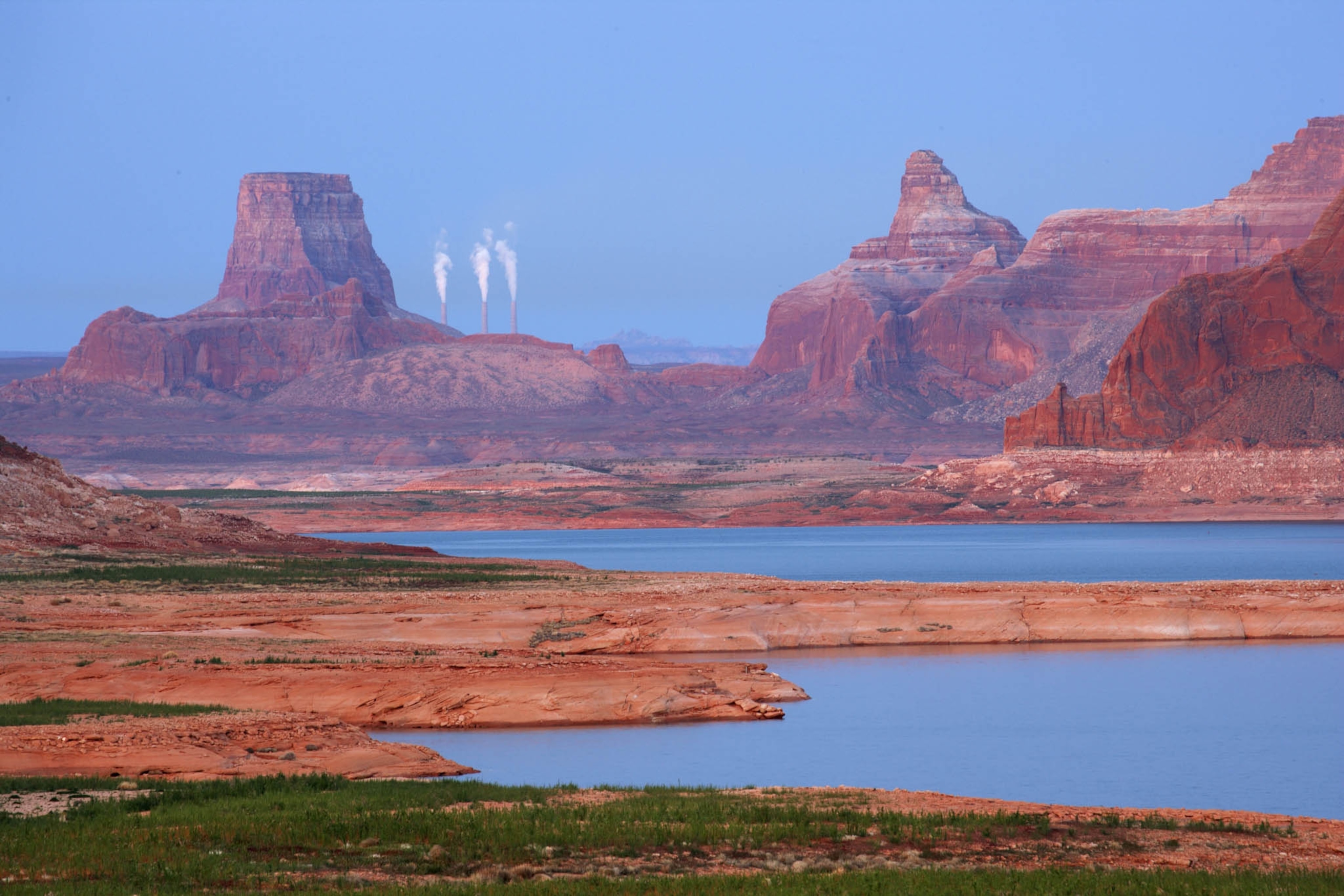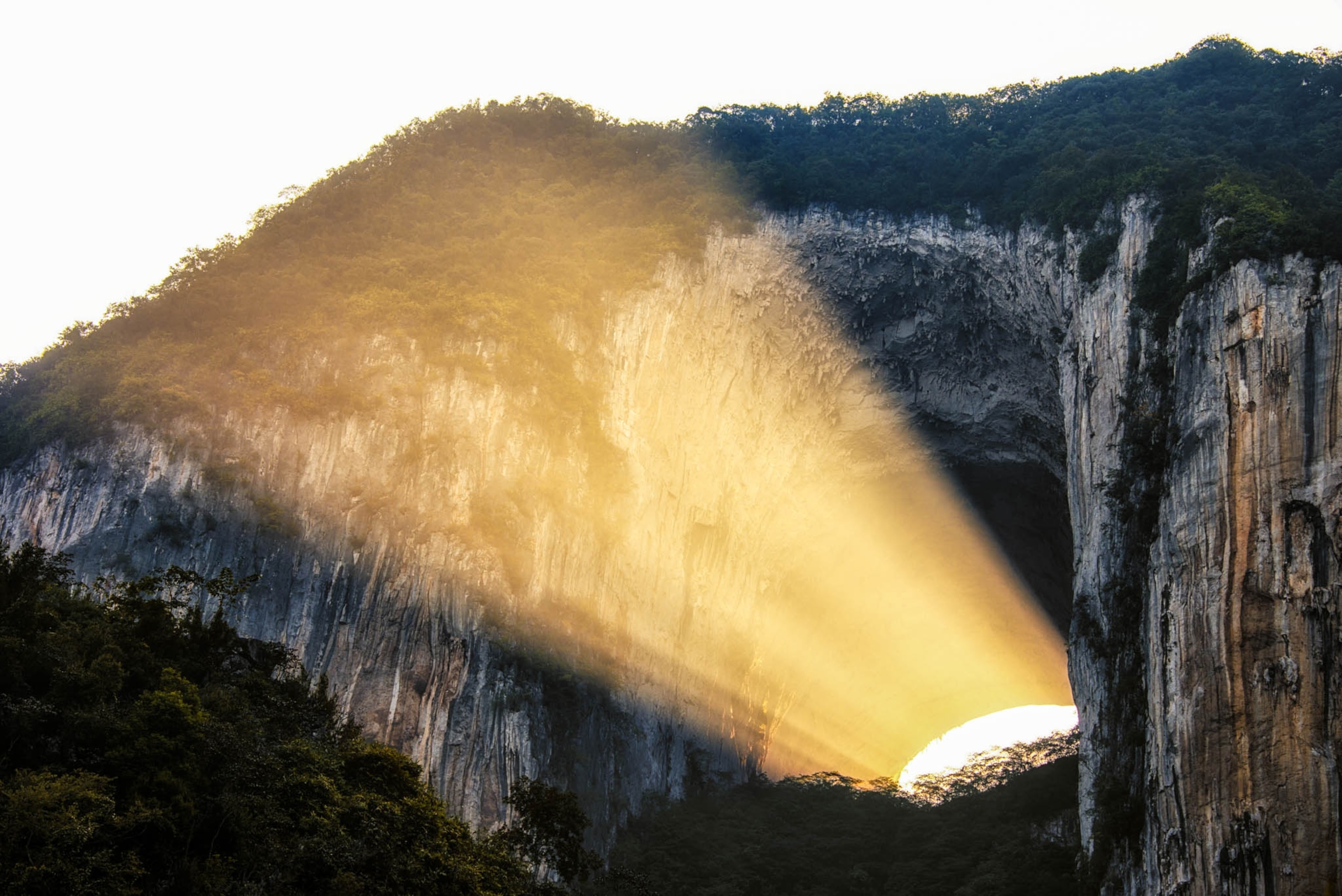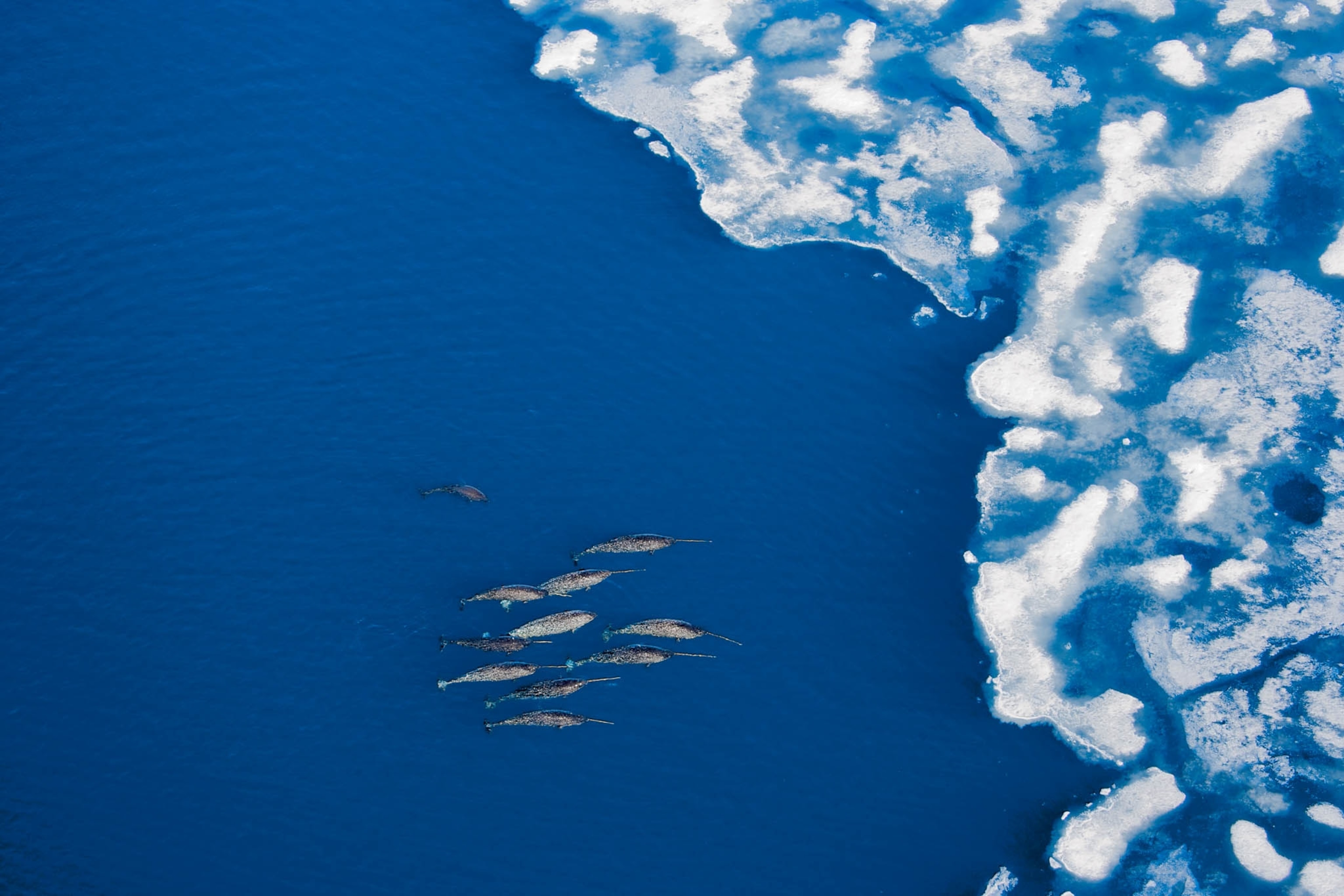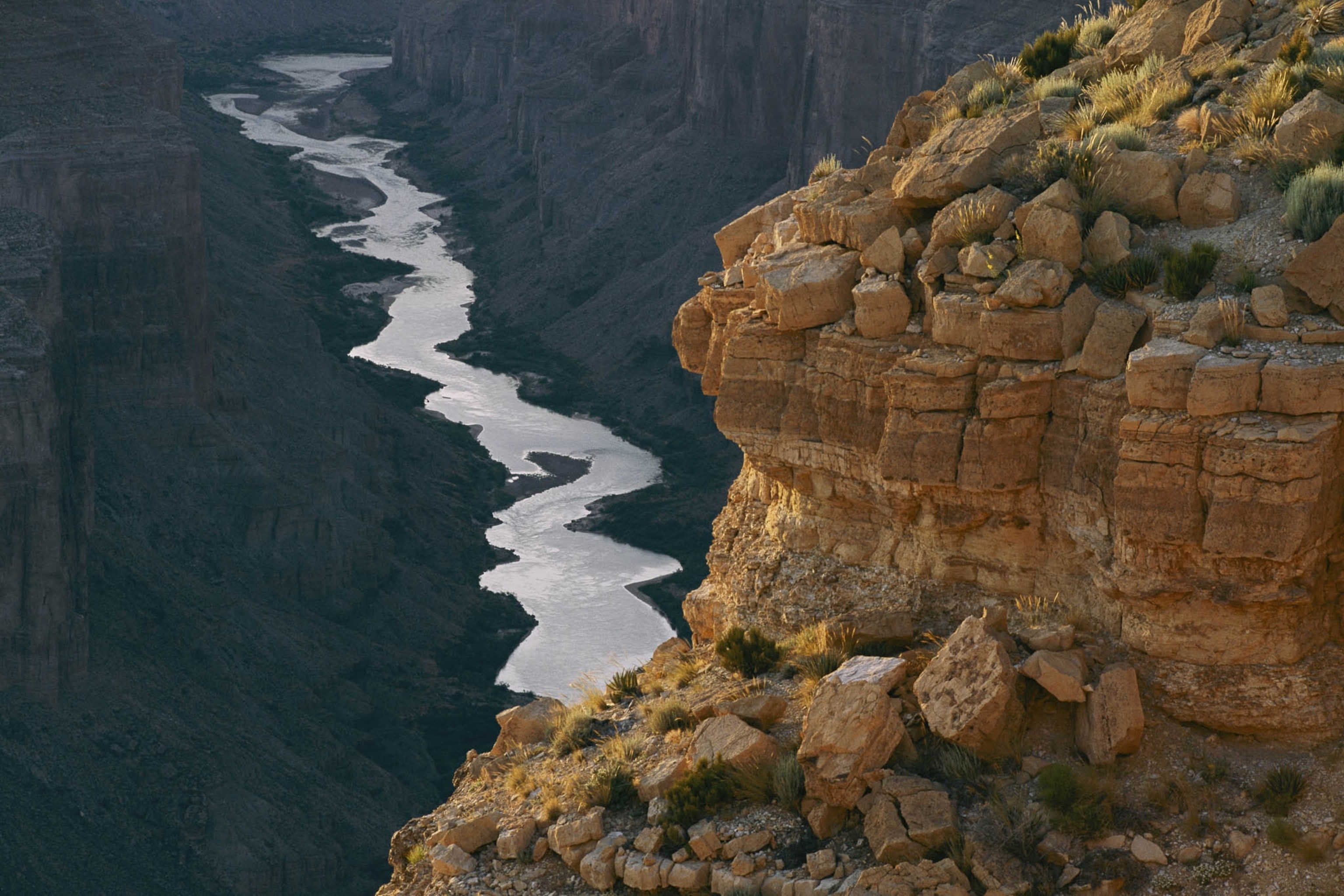
How to Pick the Best Campsite
Use these tried-and-true tips from a professional adventure athlete to find a warm, dry, and comfortable spot for your tent.
Even with a suitable shelter and sleep system, it's difficult to sleep well at a low-quality campsite. You may struggle to get comfortable on hard-packed ground, to tune out a chronic snorer 15-feet away, or to relax if high winds are knocking your shelter around. A good campsite is a prerequisite for a night of quality rest, so it's important to be deliberate and selective about where you sleep.
Use these guidelines to find a site and get a good night's sleep while you're exploring the outdoors.
Finding a General Location
Halfway through your day, at the latest, you should begin to consider where you might camp that night. On a map, look for places that are:
- Flat, where your odds of finding a level campsite are best
- Within convenient proximity of firewood and water
- Off-trail, so you don't disrupt another backpacker's wilderness experience
- Not at the bottom of a valley or canyon, where the air would be coldest and most humid
- Not near animal trails or prime habitats, which might lead to an unwanted midnight visitor
- Away from danger zones for natural hazards, like avalanches, flash floods, and incoming weather
- Far from insect breeding grounds, like waterlogged meadows and stagant lakes
Before setting up a multi-person shelter, have everyone lie in their proposed spots and adjust until they're comfortable.
Deciding on a Specific Spot
Once you've selected a general area, try finding a specific campsite that is:
- National Geographic Expeditions
- Covered in natural materials, like pine needles, leaves, moss, or sand, which will be more comfortable and be less thermally conductive than hard-packed dirt
- Under or next to something—like trees, bushes, or large rocks—that will block wind and reduce radiant heat loss
- Dry, because wet ground is more thermally conductive
- Not at risk of being flooded by groundwater if it rains, as moisture can easily seep through a lightweight floor or a used heavy-duty floor
- Naturally contoured for your preferred sleeping position
Once you've identified a potential spot, lie down to make sure it's comfortable. If it is, mark the location of your feet and head with small rocks, so you can pitch your shelter over the exact location. If it's not, try different positions or a different spot. Given the importance of your campsite to your sleep, it's worth being fussy.


